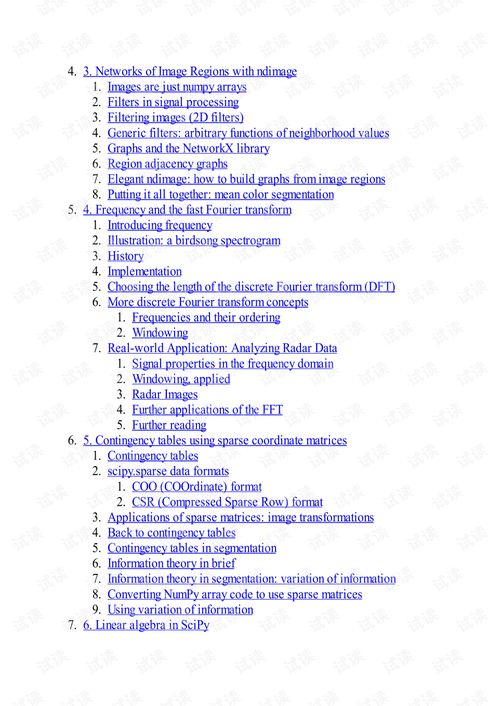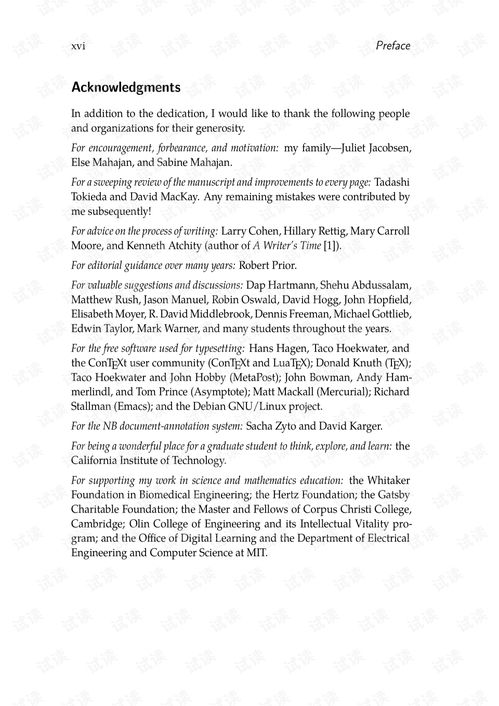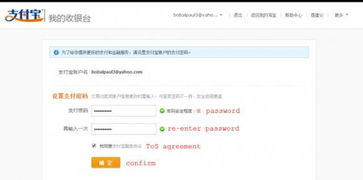Introduction:
Fishing is an enjoyable pastime that requires patience, skill, and a bit of know-how. One of the most common frustrations for anglers is when their line breaks during a promising catch. This article delves into the essential fishing techniques and tips to help you avoid line breakage, ensuring a more successful and enjoyable fishing experience.
Choose the Right Line:
The first step in preventing line breakage is selecting the appropriate fishing line for your needs. Here are some factors to consider:
- Material: Monofilament, fluorocarbon, and braided lines each have their advantages. Monofilament is flexible and forgiving, while fluorocarbon is nearly invisible and has excellent abrasion resistance. Braided lines offer high strength and sensitivity but can be more visible and susceptible to tangling.
- Strength: Match the line strength to the type of fish you're targeting. Thicker lines are more durable but can be more visible to fish and harder to cast.
- Length: Longer lines can provide more distance and allow for deeper casting, but they can also be more difficult to manage and more prone to tangling.
Proper Knot Tying:
Even the best line can break if not tied correctly. Here are some tips for tying strong knots:
- Practice: Spend time practicing different knots until you can tie them quickly and consistently.
- Use the Right Knot: Different knots are better suited for different types of lines and fishing scenarios. For example, the Palomar Knot is excellent for monofilament, while the Blood Knot is ideal for joining two pieces of braided line.
- Double Knots: For added security, double the knot by passing the tag end through the loop twice before pulling it tight.
Line Management:
Proper line management is crucial in preventing line breakage:
- Avoid Kinks: Keep your line tangle-free by using a line management system, such as a line spooler or a rod holder.
- Maintain Line Tension: Too much tension can cause line to break, while too little can result in snags. Find a balance that allows for smooth casting and retrieval.
- Check Line Condition: Regularly inspect your line for signs of wear, such as fraying or nicks. Replace worn-out line to prevent breakage.
Rod and Reel Maintenance:
Your fishing equipment also plays a significant role in preventing line breakage:
- Inspect Your Rod: Check for cracks, splits, or any signs of damage that could weaken the rod's structure.
- Clean and Lubricate Your Reel: Regular maintenance keeps your reel running smoothly and reduces the risk of line jams and breakage.
- Check Line Guide Alignment: Ensure that the line guides are properly aligned to prevent line from rubbing against the rod's surface, which can cause wear and tear.
Technique and Patience:

Lastly, your fishing technique and patience can significantly impact the likelihood of line breakage:
- Cast with Precision: Avoid casting too hard, as this can put unnecessary stress on the line and rod. Practice your casting technique to improve accuracy and reduce the risk of line breakage.
- Be Patient: Rushing can lead to mistakes, such as casting too hard or reeling in too quickly. Take your time and let the fish come to you.
- Read the Water: Understand the currents, tides, and structure of the area you're fishing. This knowledge can help you adjust your technique and reduce the risk of line breakage.
Conclusion:
Preventing line breakage while fishing requires a combination of choosing the right equipment, mastering knot-tying techniques, managing your line effectively, maintaining your rod and reel, and honing your fishing skills. By following these tips, you'll be well on your way to a more successful and enjoyable fishing experience, with fewer instances of frustrating line breaks. Happy fishing!












